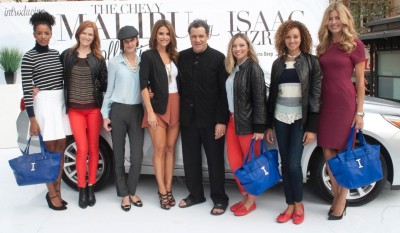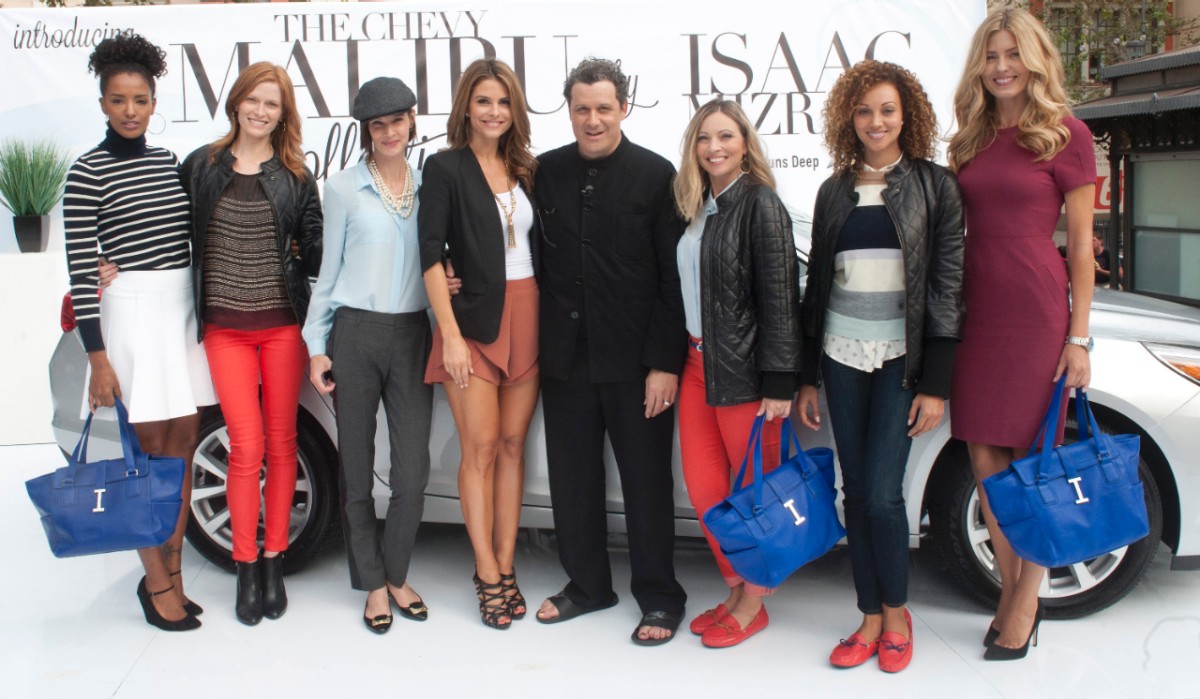Beyond technology and safety features, color is hugely important to me when it comes to making a car purchase. Whether it be through dealers like Rock Motors who have started offering online car sales, or through in-person sales, color is a vital part of the choice.
Years ago, I leased a champagne-colored Nissan Murano. Champagne sounded so sexy when I signed on the dotted line, but it got boring fast. Soon, I felt like I was driving a bus.
After that, I had a dark blue Chevy HHR, which still sits in my garage and serves as a second car. It wasn’t my intention to buy a blue car, but my husband got a “deal” on it. Alas, as it turns out, blue is boring too. I got some of the cheapest car insurance uk I could find and I haven’t had an accident yet (luckily!)
For that past six years, I’ve been on a ruby red kick. My current lease is a ruby red Honda Crosstour. The car before that was a ruby red Cadillac CTS. But as sexy as ruby red is, I think I’ve outgrown it. What’s next? We’ll see come March, when my lease is up.

What brought car and color to mind wasn’t my own preferences. Rather, it was thinking about the oddly and overly “girly” promotional efforts so many companies have fallen into when it comes to marketing to women. “Pink = Women! Yay!” It’s as if guns, laptops, frying pans, and tasers suddenly have a gender just because they’re colored pink.
But pink isn’t a color that automakers can exploit like other manufacturers have. No auto executive in her right mind would expect to sell too many bright pink rides.
Not that I haven’t seen the occasional pink car. There’s even the Pinky Tow towing service rig that appears every so often in my neighborhood. And of course, there are Mary Kay’s infamous pink Cadillacs. (I wonder if there’s a trademarked shade of “Mary Kay pink”?)
But pink’s crossover appeal is limited, to say the least. Pink signals to men, “Hands off! This product is for the ladies!” Pink also signals to men, “If you like this, you should be questioning your masculinity and your heterosexuality.”
How can one color have so much power over men and threaten their masculinity at the same time? And how is it that many straight men feel fine wearing a pink shirt, but blanche at the idea of driving a pink automobile?
That, in turn, raises another question: how do auto manufacturers target products and advertising to women without alienating men? After all, men buy cars, too. Branding expert Denise Lee Yohn suggests, “Companies should take care not to over-emphasize the gender orientation of their products. To capture the widest appeal and to avoid reinforcing stereotypes that alienate, they should pursue specific styles and aesthetics that resonate with both men and women.”
 GM must have pondered this gender/color conundrum with the 2013 Malibu, knowing full-well the car’s strong appeal among women. How could GM maintain its female base without alienating men? There are both pros and cons to GM’s marketing campaign for the Malibu, which includes a partnership with out, gay fashion designer, Isaac Mizrahi.
GM must have pondered this gender/color conundrum with the 2013 Malibu, knowing full-well the car’s strong appeal among women. How could GM maintain its female base without alienating men? There are both pros and cons to GM’s marketing campaign for the Malibu, which includes a partnership with out, gay fashion designer, Isaac Mizrahi.
The first Malibu commercial for TV is gender-neutral, with just enough features to appeal to both male and female car buyers. Its presentation is practical and unobtrusive.
However, Chevrolet’s “Malibu Style” campaign is a different story. The opening spot positions Mizrahi as the gay boyfriend who helps you (i.e. the woman) look good and makes you feel good about yourself. After all, don’t all straight women love gay boyfriends and seek out their advice about fashion and proper accessorizing?
Mizrahi is GM’s way of coloring the Malibu marketing campaign full-tilt pink. He’s gay. He designs women’s clothing. He’s understands cut, color, form, and texture. And, he’s creating a new clothing line called “Malibu Style.” He’s turning clothes into fashion accessories for your car. After all, who wants to wear clothes that don’t match their car? Ew, that’s so unfabulous!
GM is currently developing a Facebook page and a series of 50 videos that showcase Mizrahi driving to various cities and visiting several fabulous women to talk about style. Clearly, the Malibu isn’t for country bumpkins. It’s for Sex & the City sirens, based on what I’m reading and hearing.
 That impression is reinforced by lead creative designer, Rebecca Waldmeir, who alludes to a sophisticated, sexy, fashion-conscious female car buyer in a recent Detroit News interview :
That impression is reinforced by lead creative designer, Rebecca Waldmeir, who alludes to a sophisticated, sexy, fashion-conscious female car buyer in a recent Detroit News interview :
“Our Chevy Malibu customer is very smart, very savvy,” said Rebecca Waldmeir, lead creative designer for color and trim for Chevrolet passenger cars including the Malibu. “She doesn’t want to sacrifice anything. She wants to indulge a little.” Waldmeir said she often looks to the fashion industry to help her with colors and trim. She said the interior colors and texture and feel of the Malibu’s leather seats were inspired by a luxury handbag.
 Clearly, the Malibu isn’t for the Lena Dunham, urban, Girls-type of gal. Only Carries, Mirandas, Samanthas, and Charlottes, epitomize “Malibu Style” by knowing what cuts and colors to wear (or drive).
Clearly, the Malibu isn’t for the Lena Dunham, urban, Girls-type of gal. Only Carries, Mirandas, Samanthas, and Charlottes, epitomize “Malibu Style” by knowing what cuts and colors to wear (or drive).
But how often did we see anyone in Sex & the City drive? I wasn’t a regular viewer, but I saw enough episodes to know that I never saw a main character behind a wheel.
Vanity Fair interviewed Mizrahi and asked about his partnership with GM. Mizrahi describes his foray into automotive using the royal “we”:
We’re on this road trip across the country, stopping in four or five cities. And we’re going to meet different women and kind of get their take on the way they put themselves together, they put their lives together, and that’s going to inspire me to do the collection. I’m also being inspired by the design of the car. I’m a design person. So every single angle I look at, every single color, gives me ideas. So I’ve been kind of looking at the car a lot, driving the car-I’m not a huge driver, but I’ve been driving the car. That’s what’s going to inspire this collection, I hope. And then after that, it will hopefully launch sometime this fall. [Emphasis mine]
He’s not a “huge driver”? What does that even mean?
Not much further into the interview, he says,
I’m not a car person, but I’m not a non-car person. I notice a beautiful car when I see it. Any great piece of machinery, any great piece of design, is something that’s going to inspire me. I just think that this a very good marriage between brands. [Emphasis mine]
Next, the interviewer asks him about his fantasy car:
Do you have a car that you’ve always fantasized about owning, or a car that you see on the street and think: that’s my spiritual home on wheels?
I don’t really. I notice a beautiful car. And when I notice a car, it’s usually about the color of the car-that’s what makes me notice it first. The new Malibu has some really amazing colors. There’s a new Red Ice color. There’s a great silver color that’s dazzling. It’s the greatest neutral I’ve ever seen. It’s this bone, but it has a little shimmer to it, yet it’s unlike any other white car that I’ve ever seen.
So, let me wrap my head around the thought process that must’ve gone into this GM/Malibu/Mizrahi mashup:
- Women love fashion and are very conscious about color.
- Mizrahi is a fashion designer who knows what women love and what colors look good on women.
- Mizrahi is gay, so women will love his work, because he has a queer eye for the straight gal.
Did I forget anything? Oh, yes:
- Mizrahi is not a big driver (does he even own a car?), and he’s not a car person, but he’s not a non-car person, either.
Yeesh. I love pink as much as the next person, but I’ll stick with ruby red for now.
